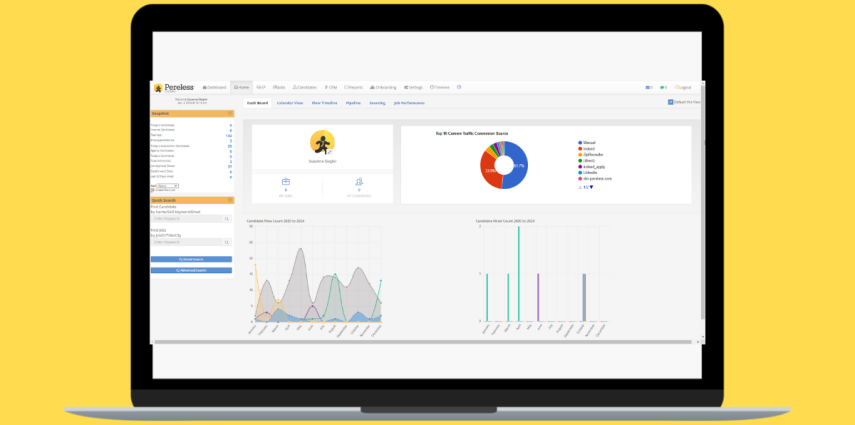In the fast-paced world of recruitment, an effective Applicant Tracking System (ATS) can be a game changer. Many businesses, from startups to established companies, are realizing the importance of investing in a robust hiring tool without blowing their budgets. Fortunately, a variety of options exist that are not only cost-effective but also packed with essential features. In this post, we’ll explore the critical aspects to consider when searching for a cheap ATS that is both user-friendly and powerful enough to meet your hiring needs.
Finding the right Applicant Tracking System can be daunting, especially with the vast array of options available at different price points. Here are some fundamental factors to keep in mind when evaluating affordable ATS solutions:
Robust Functionality
First and foremost, assess the core features offered by any potential ATS. A cheap system shouldn’t skimp on functionality. Look for an applicant tracking system that includes resume parsing, job posting capabilities, and candidate tracking. A robust ATS allows you to efficiently manage your recruitment process, ensuring that you can easily sift through resumes and identify top talent without exceeding your budget.
Intuitive User Experience
A user-friendly interface is crucial in ensuring that both your HR team and applicants have a seamless experience. Choose an ATS with a clean layout and straightforward navigation. An intuitive design minimizes training time, enabling your team to focus on what they do best: finding the right candidates.
Mobile-Friendly Access
As mobile usage continues to rise, a mobile-friendly ATS is no longer optional; it’s a necessity. Job seekers are increasingly searching and applying for positions via their smartphones. Select an ATS that offers a mobile-optimized experience, so you can manage applications on the go while providing candidates with an easy way to apply.
Customizable Features
The best ATS solutions will allow customization to fit your unique recruitment process. Look for an applicant tracking system that enables you to tailor workflows, templates for communication, and job postings. This level of flexibility ensures that you can adapt the ATS according to your organizational needs without falling into the trap of rigid software.
Cost-Effective Scalability
Consider your future hiring needs when selecting an ATS. A budget-friendly solution should also be scalable, allowing you to bring on new features or capabilities as your company grows. Assess whether the system provides options for upgrades or additional functionalities without hefty price tags, ensuring that your ATS remains a valuable asset over time.
Data Security and Compliance
In today’s digital landscape, ensuring the security of candidate information is paramount. Your chosen ATS should have robust data security measures in place to protect sensitive personal information and maintain compliance with data protection laws. Prioritize systems that clearly outline their security protocols to safeguard your organization and applicants from potential risks.
Responsive Customer Support
Finally, consider the level of customer support offered with your cheap ATS. Access to responsive support and training resources can make a significant difference in how effectively your team utilizes the system. Seek out options that provide comprehensive training materials, responsive customer service, and guidance to maximize the benefits of your chosen ATS.
*Recently, Pereless Systems launched their AI mascot named Bradford! Bradford has over 25 years of talent management experience. After every blog, Bradford will provide his expertise in the intricate world of talent management software like never before.*
What Would Bradford Do?

Finding a budget-friendly Applicant Tracking System doesn’t mean you have to compromise on quality. By focusing on key features such as robust functionality, an intuitive user experience, and mobile-friendly access, you’ll be well-equipped to streamline your recruitment process. Ensuring that your ATS offers customization, scalability, and strong security will help foster a positive hiring experience, both for your team and for candidates.
With these considerations in mind, you’ll be closer to finding the ideal cheap ATS to elevate your recruitment strategy without breaking the bank. Invest wisely, and watch your hiring processes transform for the better!










